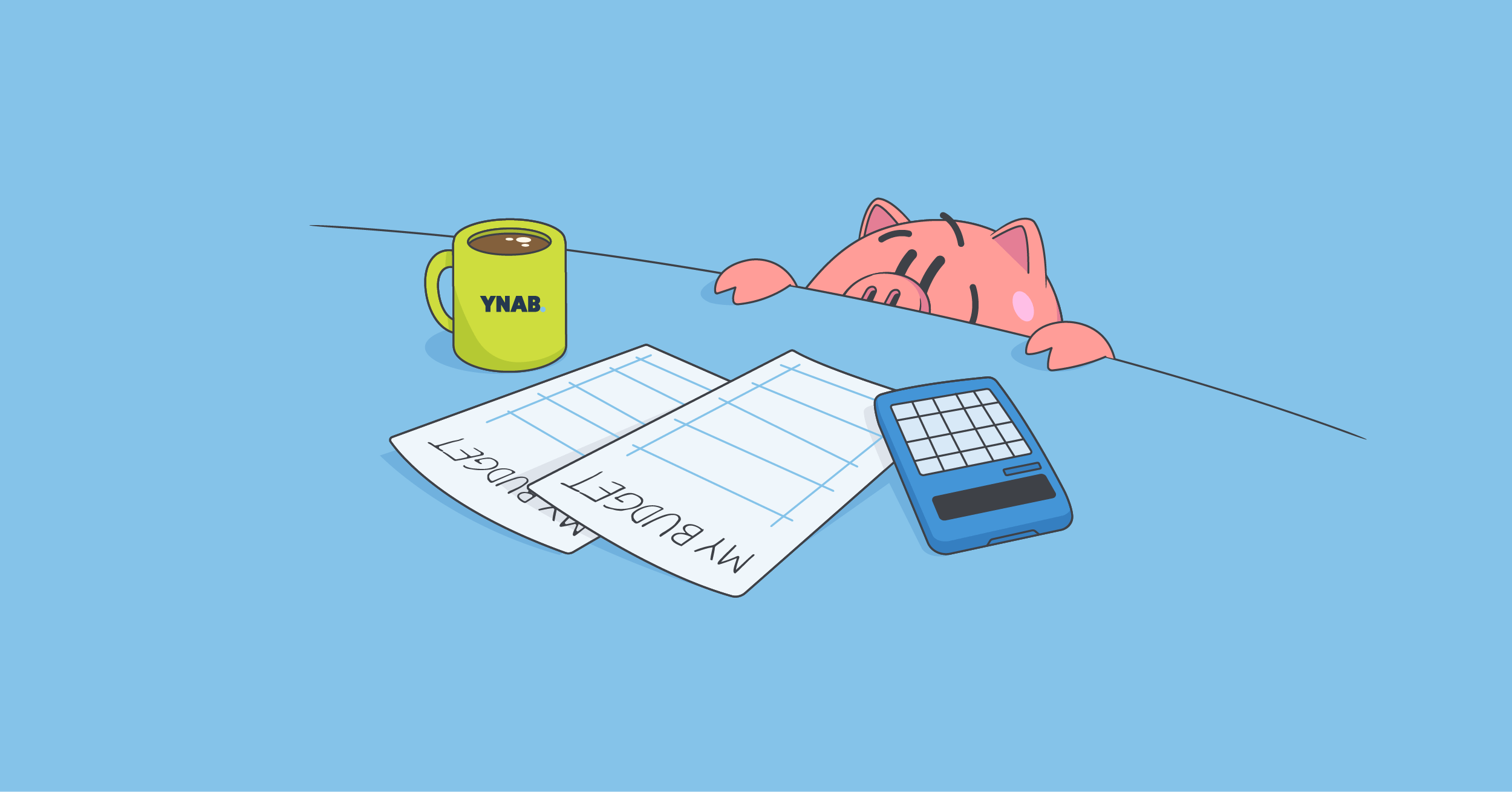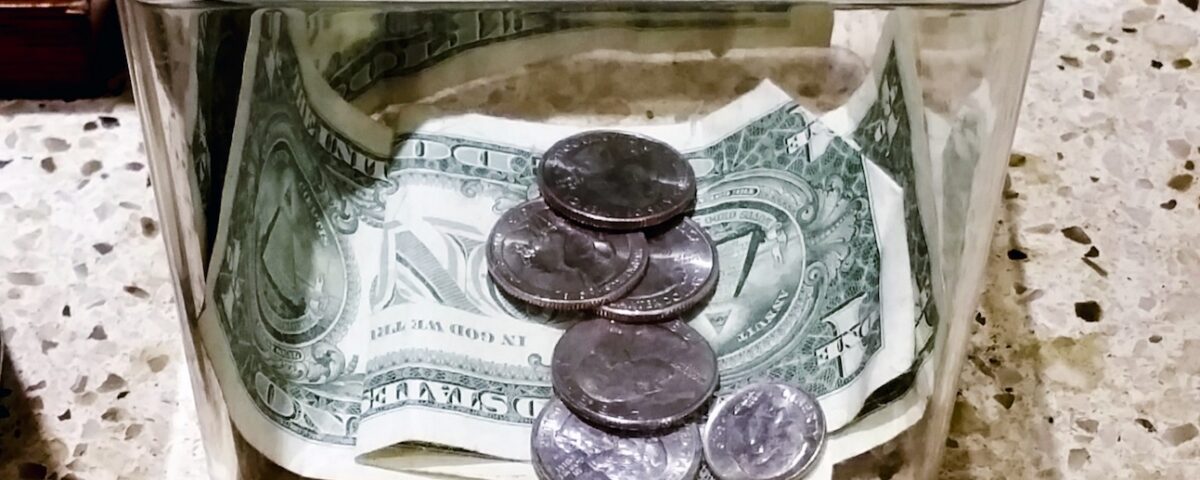In all of the work and all of the effort that goes into saving more money, paying off debt (if that’s your priority) or breaking that paycheck to paycheck cycle (which I would absolutely encourage you to do), in all of your effort, I think, every once in a while— let’s say quarterly—it’s important to do a little checkup.
You should go to the doctor once a year and get a checkup, and you should do a financial checkup especially if you just started budgeting. Maybe you just started this year; maybe January 1 was your big kick-off day and you’re still going strong. It’s now a good time to look back.
In Retrospect…
We don’t have you look back a ton, because frankly looking in the rear view mirror is dangerous when driving and when budgeting. However, looking back does offer you a lot of information, especially as you’re first getting started.
These last three months or so have been extremely informative. You’ve learned more about your spending than you maybe ever knew or wanted to know. You’ve learned that things you don’t care about, cutting back on those doesn’t really hurt. And you’ve also learned that it feels really good to spend money on things you actually do care about.
Now, when looking back, you’ll get data. Let’s say you get data on your groceries. You look back and see that you spend $850 per month on your groceries and you’ve been budgeting $700—just trying, TRYING to get it down to $700. Looking back and doing this quarterly check-up, the main benefit from it… well, it’s really two-fold.
Be Honest
One is that it’s a time for you to be honest, and maybe, maybe give in a little bit to reality. So, when you see that your grocery spending is actually around $850 every month and your budget has been $700, it’s time to honestly alter your behavior and go through strategies there.
Or, the flip side is to say, “You know what? $850 is my number. It just is,” and look to see where that $150 needs to come from. It’s been coming from somewhere this whole time because of Rule 3, where we have you adjust as you overspend. BUT maybe in your overall plan, your monthly plan that you kind of work repeatedly, you’ll look and say, “Okay, I haven’t been putting $150 there at the beginning of the month—I’m going to now. Where will it come from?” And adjust accordingly.
Predictability is Power
The other component of the quarterly checkup is predictability. Things will start to feel much more predictable than they were at first. This little bit of data is valuable. Loads and loads of data? Not so valuable–very much running into the law of diminishing returns there. But when you get data that you’ve experienced maybe for the last three months or so and you look back there, that’s very, very good data. It’s a small sample, but it’s a current sample–and that’s what makes it so great. What you spent 10 years ago? No, not so much. What you spent last month? Absolutely.
So, the predictability will help you be more accurate, be more honest—all of that will come from the quarterly checkup. You’ll see that what you’re spending is what you’re spending. You’ll adjust accordingly and you’ll keep moving forward.
So, I’d encourage you to kind of give your budget a good hard look in the next couple of days. Do it under the guise of a quarterly checkup. I know some of you look at it daily—you’re great and weird. But for those of you that don’t, give it a good hard look and see if there aren’t some things that you’ve learned in the past couple of months, and ask yourself if that doesn’t change your planning going forward.
Remember: Your spending should align with your priorities, and priorities change. Re-evaluate your plan periodically.
For more advice about gaining total control of your finances, check out the YNAB podcast!
Publisher: Source link













